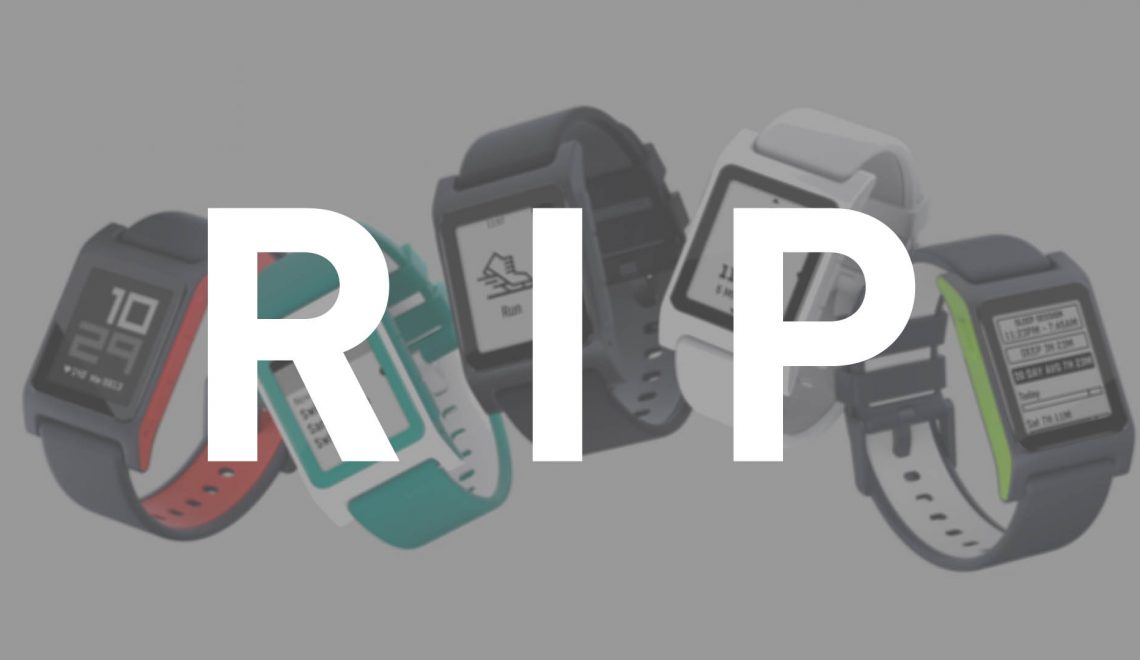Believe it or not, chances are you have never heard of the company responsible for selling a quarter of the world’s wearable devices (*based on Q1 2015 numbers). When you hear sales number like that, you think of Fitbit or Jawbone or maybe even Apple, but it is actually Chinese technology company Xiaomi. And the company hasn’t been at it very long either; they introduced their first wearable during the second half of 2014 – the bargain priced Mi Band. Well, a year later, Xiaomi has updated the Mi Band to include an Optical Heart Rate Monitor. For less than a Jackson ($15 or 99 Yuan) you can buy the Mi Band Pulse, a rubberized bracelet that tracks your activity and sleep patterns, alerts you to notifications / phone calls, and records your heart rate. For the time being, no other fitness tracker comes even close to competing on price / features. The wearable is compatible with both Android and iOS devices. Sadly there is no word on when Xiaomi plans to release the Mi Band Pulse outside of China and resellers are asking for a sizable premium on eBay.
Products such as Mi Band Pulse exemplify a larger trend in the wearable category. It seems that fitness trackers are in a race to the bottom. With entries such as Garmin and Misfit, people have begun to expecting more for less from their fitness trackers. When a $15 Mi Band Pulse offers extremely similar features to a $180 device (the Jawbone UP3), who is going to buy the $180 device. The feature set for fitness trackers can only expand so far and, beyond a phone app, there is very little software interaction by the end user. As long as it tracks your movement, one device is as good as another. Smartwatches, on the other hand, are rising in prices. This is partly due to the complexity of the wearable but also because buyers are expecting higher-end and higher-end finishes on the hardware. With such a complex device, there is a huge difference between a bargain brand and a higher end device. The software required to run a smartwatch and allow the user to interact with it needs to be very well thought out and executed near perfectly; unless you are licensing Android Wear, a tremendous amount of resources are required to achieve this. I think we will continue to see stratification between different types of devices in the wearable category and we are fascinated to see how the whole thing settles out over the next few years.




